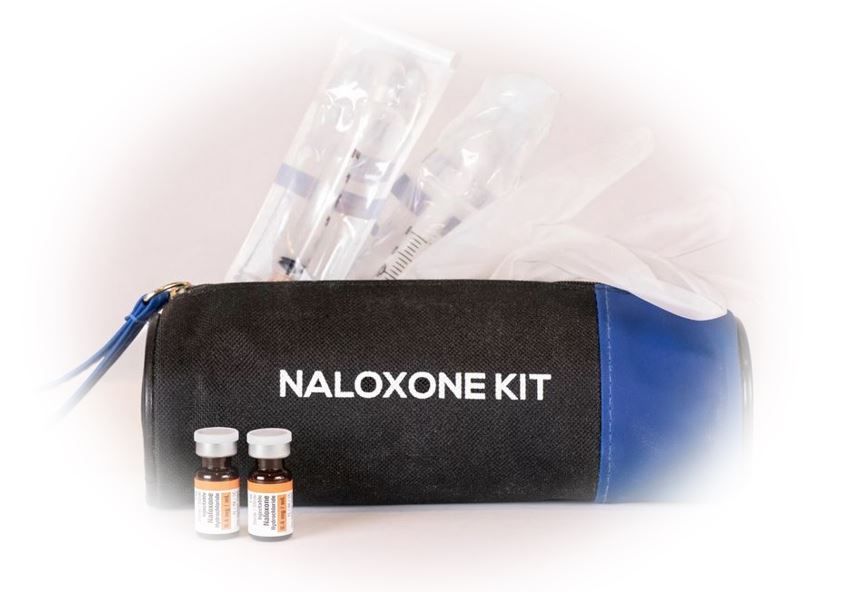- Clinical Technology
- Adult Immunization
- Hepatology
- Pediatric Immunization
- Screening
- Psychiatry
- Allergy
- Women's Health
- Cardiology
- Pediatrics
- Dermatology
- Endocrinology
- Pain Management
- Gastroenterology
- Infectious Disease
- Obesity Medicine
- Rheumatology
- Nephrology
- Neurology
- Pulmonology
FDA Requires Opioid Class Label Change to Promote Naloxone Discussion
All makers of opioid and opioid use disorder medications must revise labels to recommend discussion and coprescribing of naloxone.

The US Food and Drug Administration (FDA) recently announced that all manufacturers of opioid medications and medications to treat opioid use disorder (OUD) revise product labeling to recommend a discussion of naloxone availability as a routine part of prescribing the medications, whether initiating treatment or renewing an existing prescription.
Naloxone, an opioid antagonist, if administered promptly after overdose, may reverse the effects, often within minutes.
The required labeling changes were announced in a Drug Safety Communication on July 23 and also recommend that clinicians consider coprescribing naloxone with medications used to treat OUD, eg, buprenorphine, methadone, and naltrexone.
______________________________________________________________________
For all patients who are prescribed opioid pain relievers, clinicians should discuss the availability of naloxone, and consider prescribing it to patients who are at increased risk of opioid overdose, such as
- Patients also taking benzodiazepines or other CNS depressants
- Those with a history of OUD, or who have experienced a previous opioid overdose
- Patients who have household members, including children, or other close contacts at risk for accidental ingestion or opioid overdose.
For all patients who are prescribed medicines to treat OUD, including buprenorphine, methadone, and naltrexone, clinicians should discuss the availability of naloxone and strongly consider prescribing it.
A naloxone prescription should be considered also for patients prescribed methadone and buprenorphine-containing products if household members, including children, or other close contacts are at risk for accidental ingestion or opioid overdose.
For other patients at increased risk of opioid overdose, clinicians should consider prescribing naloxone, even if the patient is not receiving a prescription for an opioid pain reliever or medicine to treat OUD. This may include people with a current or past diagnosis of OUD or who have experienced a previous opioid overdose
“Today’s action can help further raise awareness about this potentially life-saving treatment for individuals that may be at greater risk of an overdose and those in the community most likely to observe an overdose,” said FDA Commissioner Stephen M. Hahn, MD, in the FDA press release. “We will use all available tools to address this crisis, and we know efforts to increase access to naloxone have the potential to put an important medicine for combatting opioid overdose and death in the hands of those who need it most – those at increased risk of opioid overdose and their friends and family.”
